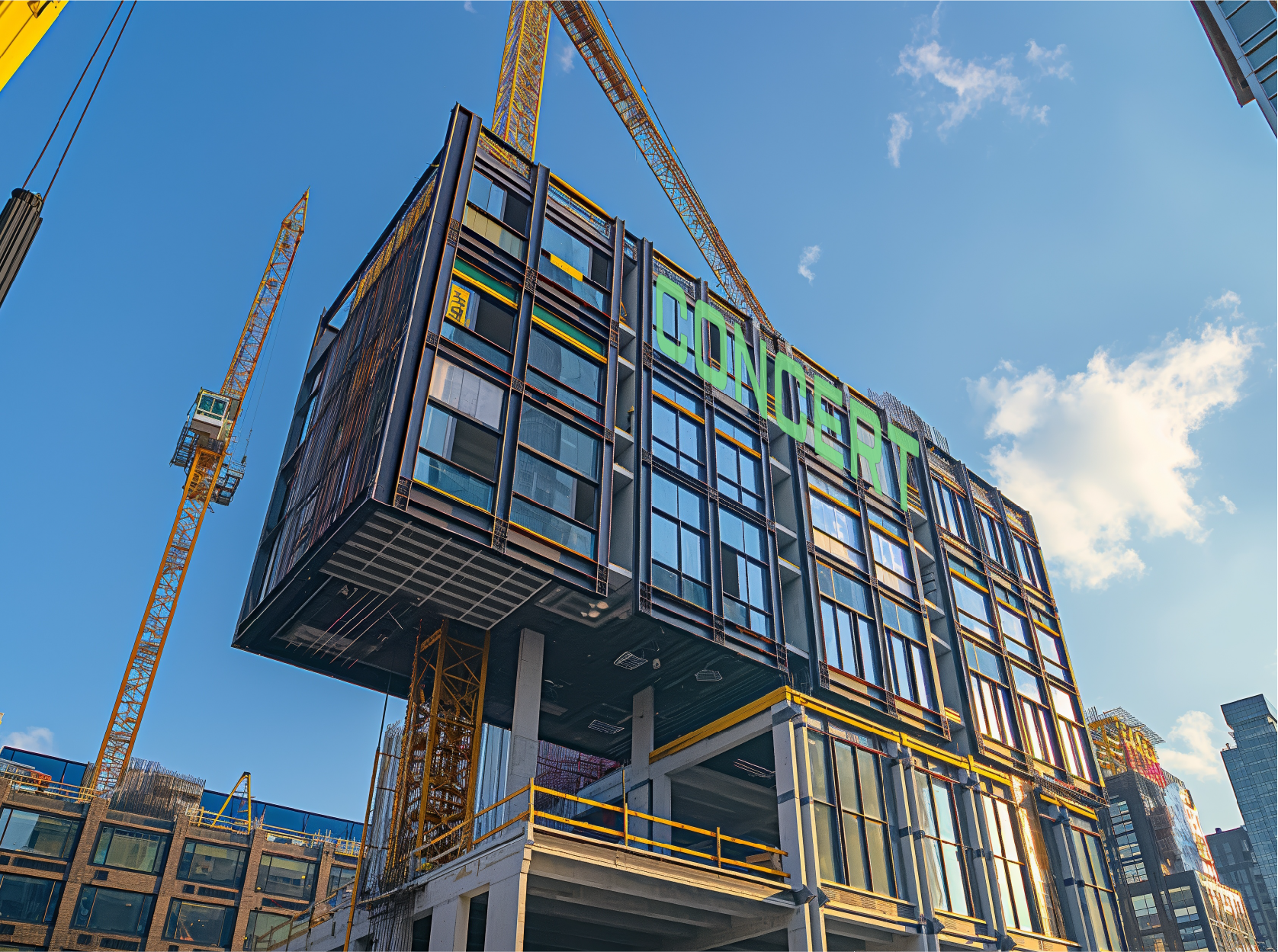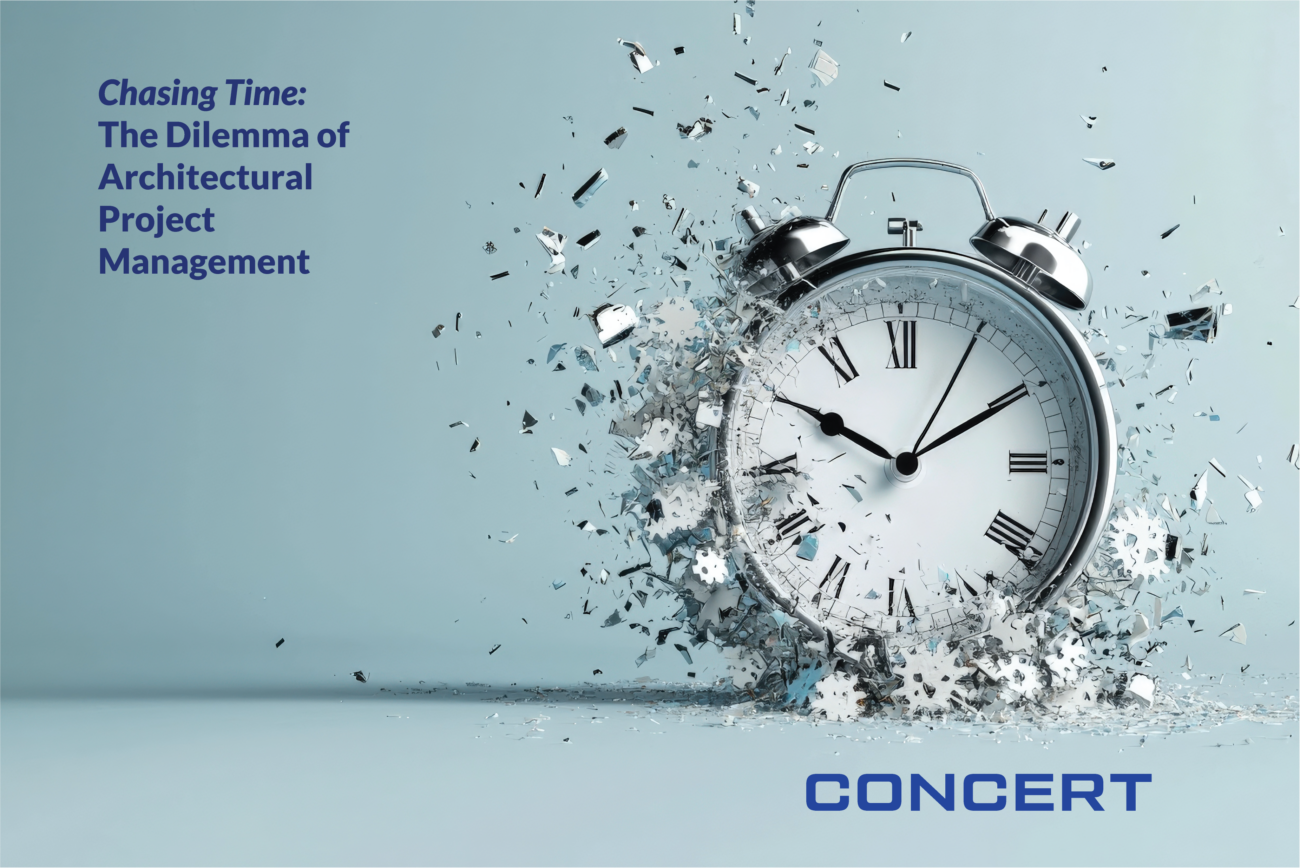Continuing our exploration of transformative communication strategies in the AEC industry, highlighted in our previous posts “Why Email is Failing Your Projects” and “Where Real Collaboration Thrives: Beyond Email,” we want to focus now on one of the innovations that is reshaping our field: Direct-to-Fabrication (DtF). This approach could not only redefine the role of architects but also reshape the execution of projects from conception to construction.
The division between design and construction is a modern development in the historical context of building things. Historically, the architect was viewed as the master builder. They designed buildings with an intimate understanding of the relationship between the art and practical reality of construction, and maintained that relationship until the end. Direct-to-Fabrication revives this integrated approach, enabling architects to again take a proactive role in the construction process that capitalizes on unprecedented precision and synchronization at every project stage.
While Direct-to-Fabrication pioneers new efficiencies and creative freedoms, it’s crucial to acknowledge that many projects still navigate within traditional frameworks. Concert’s platform enhances both realms—supporting intricate, innovative practices like Direct-to-Fabrication and strengthening the coordination required in conventional workflows. By enabling seamless, real-time communication and data sharing, Concert ensures that whether projects forge new paths or adhere to established ones, they benefit from enhanced efficiency and clarity.
DtF is transforming the AEC industry by reinstating the architect’s influence over both design and production by facilitating:
- Dramatic Innovation Capabilities: DtF opens new avenues for architects to explore innovative designs that traditional processes could not accommodate, pushing the boundaries of what can be physically constructed.
- Streamlined Processes: This approach eliminates numerous intermediate steps between design and construction, resulting in a faster transition from architectural concepts to completed structures.
- Sustainable Practices: By enabling more precise material specifications and usage, DtF can significantly reduce waste, supporting environmentally responsible construction practices.
Case Studies
- Sofi Stadium: Emblematic of how DtF facilitates groundbreaking architectural innovation, Sofi Stadium’s design involved direct collaboration between architects and fabricators to produce its complex, visually striking structures. This project underscores the capacity of DtF to realize ambitious architectural visions with precision and creativity. Direct collaboration allowed for the intricate, sweeping panels that create the stadium’s canopy to be fabricated with exacting tolerances, ensuring aesthetic, budgetary, schedule, and functional success. In total, the roof structure includes 35,000 aluminum panels with over 20 million perforations. This project demonstrates the power of DtF to turn innovative designs into tangible realities, showcasing how architects can lead the way in constructing iconic structures.
- Multi-Family Residential (MFR) Projects: DtF streamlined the production of standardized elements across multiple housing projects, ensuring consistency and efficiency. Concert is the platform that can efficiently manage the design and fabrication process to ensure that each component is produced with the rigor that maintains the integrity of the design across different systems. These projects benefit from reduced errors and waste, with precise digital specifications guiding the production process. Concert’s capabilities in managing and verifying data are crucial here, as they ensure that every minor adjustment is accurately captured and recorded in the manufacturing instructions, preventing costly mix-ups and ensuring smooth project execution.
The Limitations of Traditional Communication Methods
Processes that demand high precision, like CNC machines or production lines that adhere to tighter tolerances, find that traditional communication methods like email fall short. The asynchronous and often ambiguous nature of email communications can lead to errors and misinterpretations, which are untenable when digital data directly informs production machinery. Email’s inability to handle large data files and its lack of real-time updates can disrupt the flow required in DtF, potentially leading to costly delays and rework.
How Concert Enhances Direct-to-Fabrication
Concert transforms DtF practices by:
- Enhancing Real-Time Communication: All stakeholders, from architects to fabricators, contractors and owners, are synchronized with the latest project developments, enabling immediate adjustments and decisions.
- Robust Data Management: Concert’s advanced data management capabilities ensure that the digital information controlling machinery is precise and up to date, mitigating the risk of costly errors.
- Streamlined Collaboration: Facilitating a collaborative environment where changes can be dynamically updated and immediately reflected across all user interfaces, Concert creates an environment where all team members are on the same page – literally.
Direct to Fabrication with Concert’s advanced digital solutions represents a significant evolution in how buildings are designed and constructed. It reflects a shift towards more integrated and efficient practices, enabling architects to reclaim a more central role in the construction process. As the AEC industry evolves, embracing these modern methodologies will be crucial for staying competitive and meeting the increasingly complex demands of architectural projects. Moving beyond traditional communication methods to embrace integrated, real-time collaborative frameworks allows projects can achieve unprecedented levels of precision and efficiency, ensuring success in the modern construction landscape.





